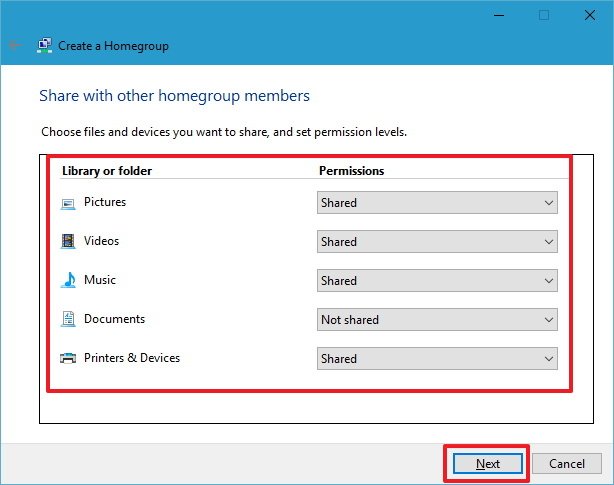
- #WINDOWS HOME NETWORK FILE SHARING HOW TO#
- #WINDOWS HOME NETWORK FILE SHARING WINDOWS 10#
- #WINDOWS HOME NETWORK FILE SHARING PASSWORD#
This could be the final article about sharing files between Linux and Windows.
#WINDOWS HOME NETWORK FILE SHARING WINDOWS 10#
But now you can read this about share files via Linux Mint to Windows 10 and Windows to 10 Linux Mint. Another article about creates a network with Linux and Windows. Previously I have written an article for sharing files between Ubuntu Linux and Windows 10.
#WINDOWS HOME NETWORK FILE SHARING HOW TO#
The Network and Sharing Center can be accessed by clicking on Start and then Control Panel or from single clicking on your network connection in your system tray and choosing Open Network and Sharing Center.This is about how to share files between Linux and Windows.

The See also section on the bottom will show you some other related areas you can go to that might come in handy such as firewall settings and Internet Explorer internet options. There are various features you can turn off or on such as network discovery, file and printer sharing, public folder sharing, media sharing and file sharing connections. The Change Advanced sharing settings is where you can do things such as change properties for the various network profiles which consist of Home or Work, Public and Domain. From there you can change more advanced settings such as the order that your network connections are accessed as well as the bindings for your network connections themselves. If you have the menus enabled you will see an Advanced menu that you can click on which will have an Advanced Settings option. You can also rename your connections from here to make them easier to identify.
/Networkplaces400x341-56a5d2fb3df78cf7728a01bf.jpg)
This area is also where you will go if you want to disable or enable a network connection. If you use a static IP address for your connection you can enter it here otherwise DHCP is the default connection setting. The Change adapter settings area is commonly used to change IP addressing info for various connections. This won’t be shown if you don’t have a wireless adapter in your computer. Profiles can be setup which will let you limit what connections can be accessed by users of your computer and allow users to make their own connections. If you need to manage the properties of your wireless adapter you can do that from here as well. You can even setup what is called an ad-hoc network to share files between 2 computers with wireless capabilities. Sometimes you may not want your connection to be broadcast so you can setup private networks to give you more privacy and security. The first area is the Manage wireless networks section and here you can view wireless networks within range of your computer as well as add additional wireless networks. There are also additional tools listed on the left side of the window you can use to further configure your network. This procedure checks your computer’s settings and tries to determine why you can’t connect to your given network. If you are having connectivity problems then you can run the network troubleshooter by clicking on Troubleshoot problems.
#WINDOWS HOME NETWORK FILE SHARING PASSWORD#
you can create or connect to a homegroup which is a password protected connection that you can share with others on your network so you can all access each other’s files. If you want to share pictures and music etc. Clicking on Connect to a network simply brings up the network connections in range of your computer allowing you to connect to a particular network assuming you have permission to access that network. Clicking on the link will bring up a wizard that will walk you through making the particular type of connection. There are options to setup a new connection or network such as a wireless, VPN or wired connection. It will also display the name of the network you are on. The main area will show your basic network configuration in the form of a diagram.


This place is called the Network and Sharing Center and it’s a good area to get yourself familiar with. Windows has a place in the Control Panel where you can change your wireless settings, add wireless networks and diagnose problems with your computer’s network settings. Networking has become a household term, for some households at least and if you do any kind of file sharing, wireless printing or media streaming then you most likely have had to deal with it. 10 years ago it meant complicated messes of routers, switches and cabling which it still does today but it also includes things like the connection to your wireless router and other computers connected to that router at home. The term networking may scare many novice computer users but these days networking has a more widespread meaning.


 0 kommentar(er)
0 kommentar(er)
